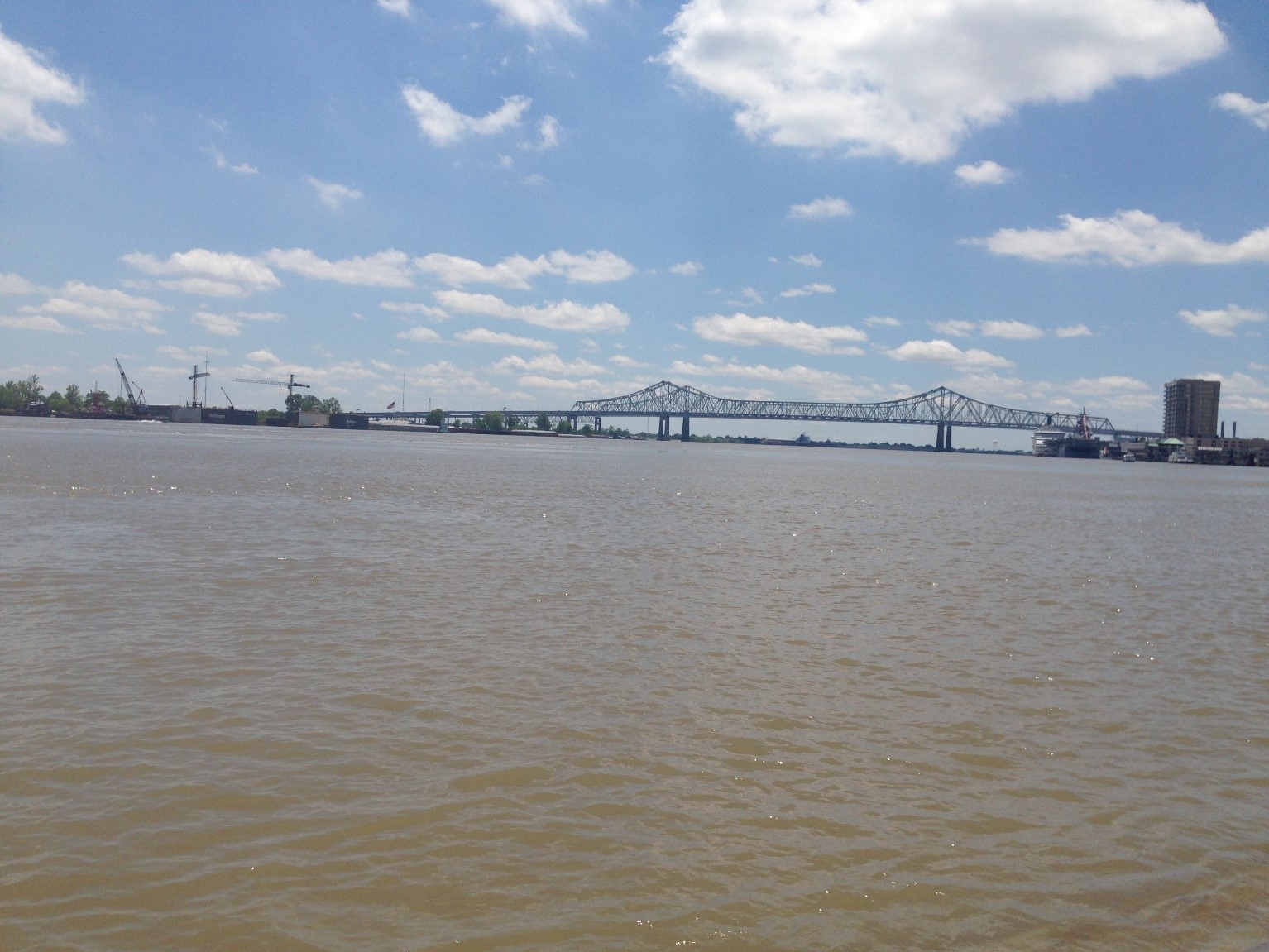- About Us
- Events & Training
- Professional Development
- Sponsorship
- Get Involved
- Resources
A Tale of Two Firsts: A Graduate Student’s Experience at the NPC in New OrleansKaylie Duffy, Master of Urban Planning Candidate ‘18, University of Washington New Orleans is a city unlike any other. The average elevation of the city is below sea level, and the sea continues to close in on it every year. Coastal erosion is a daunting nemesis, prompting some urban planners to question whether the city is worth saving. I had these thoughts in mind when I first visited New Orleans in April for the APA’s National Planning Conference (NPC). One trip to the French Quarter and my answer became a resounding “YES, it should be saved!” The beautiful Greek Revival, Colonial, and Victorian style architecture and lively streets make the French Quarter a marvelous world unto itself.
While the French Quarter is perhaps the most well-known part of New Orleans, there are a large number of residential neighborhoods in lower elevation sections of the city that suffered tremendously at the hands of Hurricane Katrina and continue to suffer. These areas include the city’s eastern swath and parts near levee breaches. Inevitable future hurricanes paired with an intense rainy season mean that New Orleans and other Gulf Coast U.S. cities need to work harder than ever to combat the effects of climate change, including coastal erosion and sea level rise. The thought of these pressing issues prompted me to attend a number of hazard mitigation and resiliency planning sessions while at the NPC. The Conference took place in the expansive New Orleans Ernest N. Morial Convention Center, with its back to the Mississippi River. Upon stepping into the building, I felt right at home among the high ceilinged, heavily air-conditioned Great Hall and lecture rooms. (Prior to graduate school, I worked as an editor for a product engineering publication and attended many trade shows in convention centers across the country).
On the first day of the conference, my classmates and I used the handy APA Conference app to see which sessions we planned to attend and then parted ways. I headed to a session on how to forge resilient pathways in coastal Mississippi, presented by members of the Mississippi-Alabama Sea Grant. They explained the built and natural environmental changes that have taken place in coastal Mississippi since Hurricane Katrina. I also heard from a Certified Floodplain Manager who described the benefits of living shorelines, which can act as a buffer between residential areas and shorelines.
While the hazard mitigation sessions I attended were very informative, I made sure to add a little variety to my schedule by attending sessions on toilets in the public realm and on the heroin crisis’s relation to land use. These contentious topics brought together a plethora of attendees and stimulated lively discussions. I was astonished at the number of portable toilet pilots and public toilet stations in cities across the U.S. Notable programs include the Portland Loo public restrooms, which were a direct response to the rise in the homeless population in Portland. The toilet kiosks feature angled lower louvers that allow viewing of the floor but never expose more than the occupant’s feet, in addition to ultraviolet light so that heroin users have a difficult time locating their veins. The speakers emphasized that access to public restrooms 24/7 should absolutely be a human right. By the end of my time in New Orleans, I was full of new and innovative planning knowledge and a curiosity in topics I had never engaged with prior to the conference. Honestly, I also left with quite a bit of anxiety regarding the number of built, natural, and social challenges currently facing coastal cities, such as New Orleans. However, I am encouraged by the sheer number of passionate, intelligent, and excited planners I met at the conference, in addition to my bright cohort at the University of Washington. With that being said, I’ll see you all next year in San Francisco!
|



